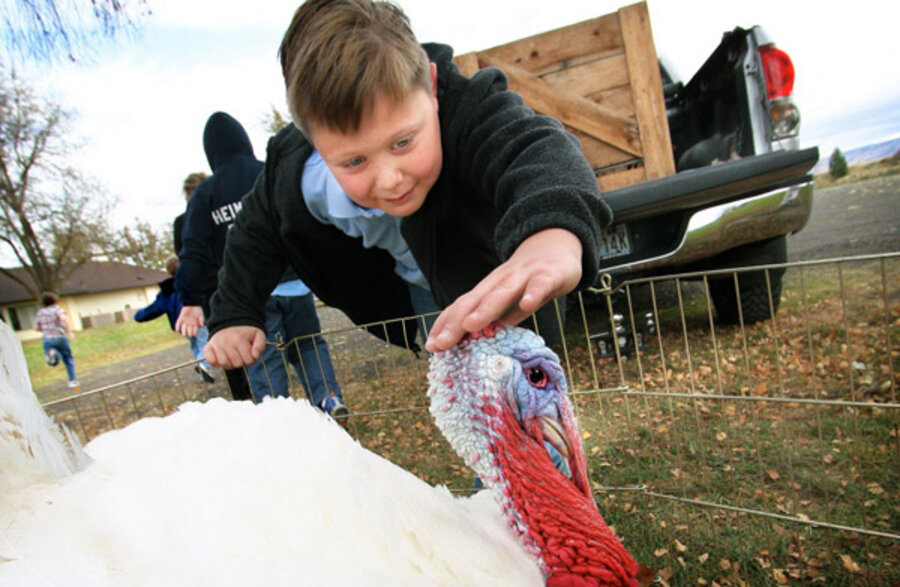A simple way to feel more gratitude, many studies have found, is to actively note those things for which you are already grateful. A “gratitude journal” is one way to do this. Many researchers recommend that once or twice a week, people record five or so things that make them feel grateful, whether it’s a sunny day in November or the fact that Baby took her first steps or that Husband cooked dinner even though he had a rough day at work.
Teens also benefit from gratitude journals. Prof. Jeffrey Froh of Hofstra University compared middle school students who were asked to record five things they were grateful for every day to those who were asked to record five irritants. Froh also followed a control group. After only a few weeks, the students who expressed gratitude felt better than the other students about life, school and relationships. For younger children, a nightly thankfulness exercise might work better than an actual journal. At the dinner table or at bedtime, for instance, ask your child what he or she is thankful for today. You might want to share your own thoughts, as well.
Thank you notes are also great gratitude builders; treat them not as chores but as opportunities to make other people feel good. Gratitude letters – not connected to any particular gift, but written to someone to whom your child feels thanks (a school administrator, a soccer coach, the school’s janitorial staff) – are also helpful.









